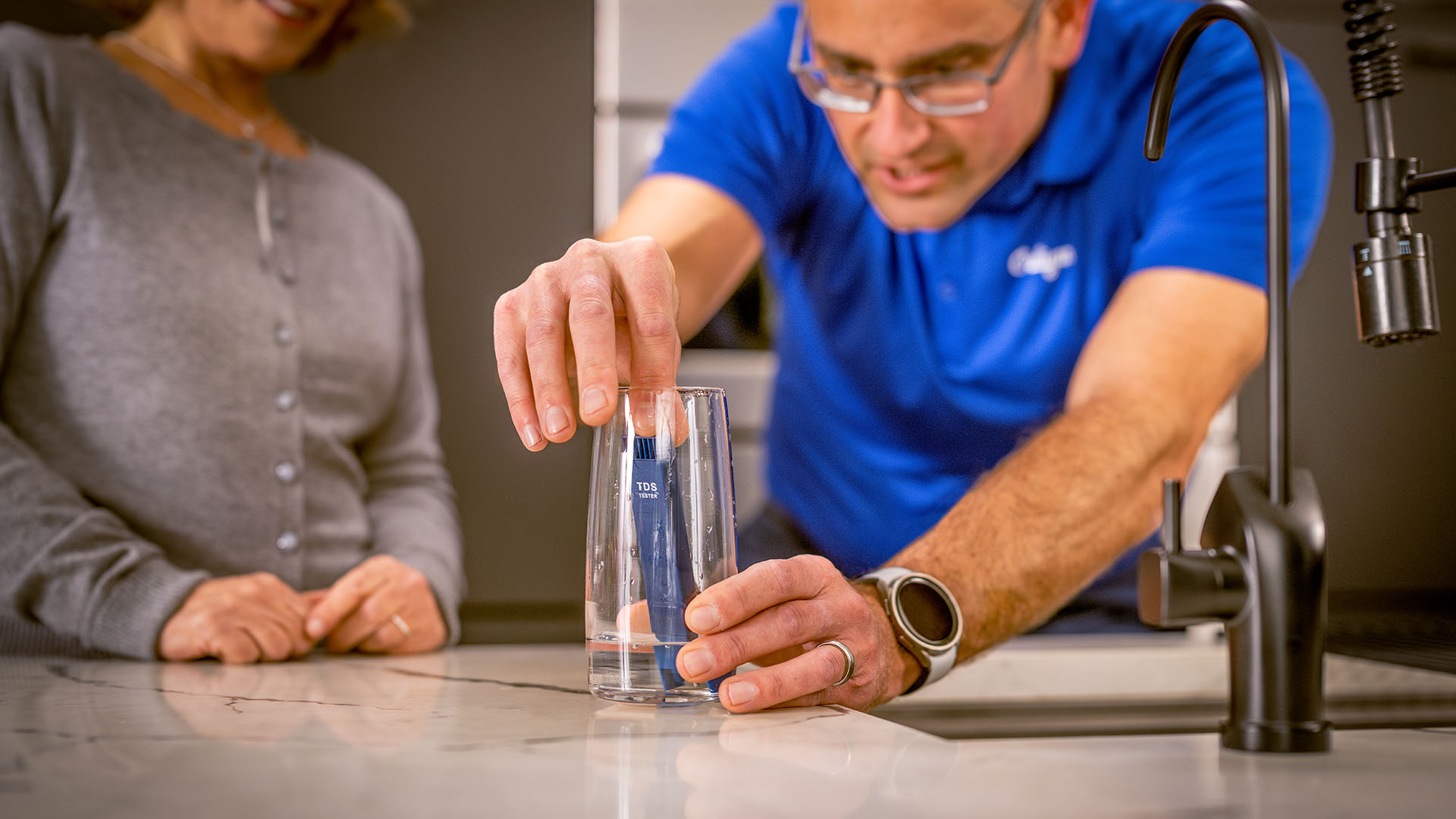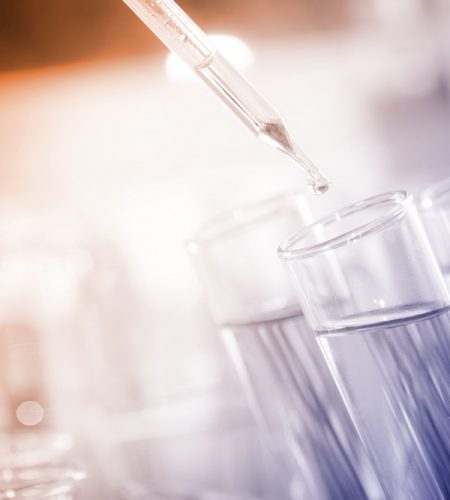Discover What Is Consisted Of in Water Evaluating and Just How It Makes Certain Safe Alcohol Consumption Water
Comprehending the complexities of water screening is pivotal in making sure the high quality and safety and security of our drinking water. Through a meticulous evaluation of physical, chemical, and microbiological aspects, water testing identifies prospective pollutants that can position health and wellness threats. From the existence of heavy steels to dangerous microbes, each examination part plays an essential function in keeping the stability of our supply of water. Advanced strategies like chromatography and spectrometry boost the precision of these evaluations. Just how do these processes convert into the governing structures that assure safety in our everyday intake?
Key Components of Water Testing
Water testing is a crucial process that entails numerous crucial components to make certain the safety and quality of drinking water. Additionally, making sure the pH equilibrium of water is necessary, as it influences the water's corrosiveness and the efficiency of sanitation procedures.
Another significant element involves microbiological evaluation, where water samples are taken a look at for the existence of microbes such as bacteria, viruses, and protozoa. If taken in, this evaluation is important to determine biological hazards that might present health and wellness threats. Furthermore, chemical analyses are conducted to find inorganic and organic substances, such as heavy metals, nitrates, and chemicals, that may be existing in the supply of water.

Identifying Harmful Pollutants
Identifying hazardous contaminants in drinking water is an essential element of safeguarding public health and wellness. Each type of impurity positions distinct wellness dangers, making their detection crucial to make certain the water taken in by the public is safe.
Water testing for pollutants is usually conducted by regulative agencies and water utilities, utilizing a mix of area tasting and lab analysis. These assessments are made to find both normally occurring compounds and anthropogenic toxins that might have gotten in the supply of water with agricultural overflow, commercial discharge, or maturing framework. Routine monitoring is essential, as contamination levels can vary due to ecological modifications, seasonal variants, or human activities.
The recognition of hazardous contaminants educates needed activities, such as water therapy interventions or public advisories, to minimize threats. Early detection is crucial to stop adverse wellness impacts, varying from stomach illnesses to long-lasting problems like cancer, thereby guaranteeing the continued safety of drinking water.

Chemical Analysis Methods
In the realm of ensuring risk-free alcohol consumption water, chemical analysis methods play a crucial role in identifying and evaluating contaminants. These methods are vital for discovering a broad selection of chemical materials, consisting of hefty steels, chemicals, and industrial pollutants, which can present substantial health and wellness dangers.
Gas chromatography-mass spectrometry (GC-MS) is an additional critical method, specifically for natural compounds. It separates complex combinations and recognizes semi-volatile and unstable natural compounds, guaranteeing that pollutants like benzene and toluene are within risk-free limitations. High-performance liquid chromatography (HPLC) is in a similar way used for non-volatile substances, including particular chemicals and drugs.
Ion chromatography is utilized to figure out focus of anions and cations, such as nitrates and sulfates, which are critical in evaluating water top quality. These chemical evaluation methods jointly make certain that alcohol consumption water stays safe by finding deviations from established pureness norms, thereby safeguarding public health and wellness. Making sure precision and accuracy in these examinations is extremely important to keeping the stability of water safety and security assessments.
Microbiological Evaluating Approaches
Accurate microbiological screening is important for safeguarding public wellness view by making sure that drinking water is totally free from harmful microorganisms. This procedure includes spotting and mentioning microbes such as germs, viruses, and protozoa that may pollute water supplies. Typical pathogens consist of Escherichia coli, Giardia, and Cryptosporidium, each presenting significant health and wellness threats.
A number of methods are employed in microbiological testing to identify these dangers. The membrane layer filtration method is regularly used, entailing water travelling through a filter that records microorganisms, which are then cultured to identify their existence and concentration. Additionally, the multiple-tube fermentation method enables the metrology of coliform germs using a series of dilution and incubation steps.
Developments in modern technology have actually presented molecular methods such as polymerase chain reaction (PCR), which permits the extremely particular and fast detection of pathogens by intensifying their genetic material. Enzyme-linked immunosorbent assays (ELISA) additionally supply an approach to identify virus by determining certain proteins or antigens.
These differed methods are essential for comprehensive water high quality assessment, making certain that water therapy procedures are effective which circulation systems maintain security. By employing these microbiological testing approaches, potential health and wellness hazards can be determined and minimized promptly.

Value for Public Wellness
Making certain the microbiological safety and security of drinking water straight affects public health and wellness by stopping the spread of waterborne illness. Pathogens such as germs, infections, and protozoa can cause health problems like cholera, dysentery, and gastrointestinal infections (Water Tesing Services Tampa). The application of comprehensive water testing methods is paramount in determining and mitigating these risks, therefore safeguarding neighborhoods from possible outbreaks
Regular water testing not just spots microbial impurities yet also examines chemical and physical criteria that might influence health and wellness. Too much levels of nitrates or hefty steels such as lead can present major health and wellness threats, specifically weblink to susceptible populaces like infants and expecting women. By determining these dangers early, water testing makes it possible for prompt treatments, making certain the water system remains within safe consumption standards.
Furthermore, water screening plays an essential role in keeping public self-confidence in metropolitan water systems. For policy manufacturers and health and wellness officials, the data acquired from water testing informs decisions on framework financial investments and public health methods, making sure resources are routed where they are most required.
Conclusion
Water testing acts as a necessary system for guaranteeing the safety and security and quality of alcohol consumption water via thorough examination of its physical, chemical, and microbiological buildings. By finding dangerous pollutants, such as hefty metals and pesticides, and using advanced techniques like chromatography and spectrometry, water testing promotes the identification of potential health and wellness dangers. The execution of extensive screening protocols is important for maintaining compliance with safety standards, eventually securing public health and wellness and enhancing self-confidence in community water useful link systems.

By determining these threats early, water screening allows timely treatments, making certain the water supply remains within risk-free usage standards.
Water screening serves as a vital device for guaranteeing the safety and security and high quality of alcohol consumption water with detailed assessment of its physical, chemical, and microbiological properties.